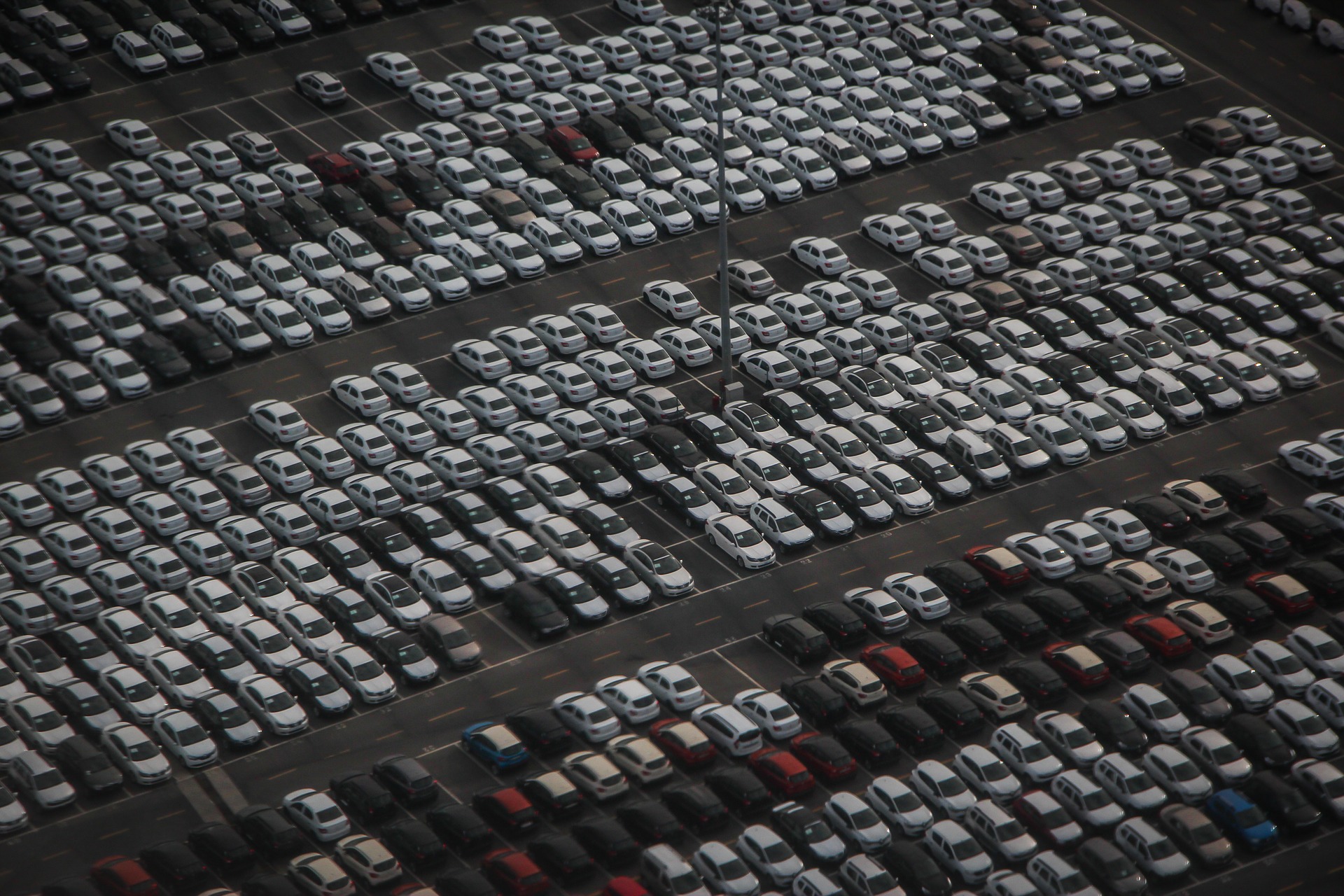
Rising CO2 a ‘stark reminder’ about need to accelerate e-vehicles roll-out
Carbon dioxide emissions from new cars are rising, and are back over 120 grams per kilometre, according to provisional data from the European Environment Agency. CO2 from vans also rose in 2018. T&E has blamed the rises on carmakers maximising their profits from gas-guzzling SUVs in the remaining years before stricter standards force them to sell cleaner vehicles from 2020 onwards.
Interested in this kind of news?
Receive them directly in your inbox. Delivered once a week.
In the 1990s, the European Commission identified the need to limit CO2 emissions from new cars. Its first voluntary recommendation was that all new cars should average no more than 120 g/km by 2005. But the car industry failed to deliver on its own commitments, and the first mandatory EU standards were introduced in 2008 and required the average new car to emit no more than 130g by 2015, falling to 95g by 2021.
The prospect of a mandatory standard forced officially-measured emissions to fall to 118g between 2010 and 2016, but in 2017 average emissions rose by 0.4%, and now the first figures for 2018 show another 2% increase to 120.4g. This does not incorporate the gap between lab and how cars perform on the road, which has risen to around 40%, so the real-world CO2 emissions are much higher.
The EEA says one of the reasons is the increase in petrol car sales, as consumers are turning away from diesel amid air quality concerns and test cheating. However, as the difference in CO2 emissions between petrol and diesel cars is now less than 2g, the main factor is the growth in sales of SUVs, which are heavier and less aerodynamic, and thus consume much more fuel. In the past 10 years, sales of SUVs have risen from 7% of the European market to over 30% last year.
T&E’s clean vehicles manager Julia Poliscanova said: ‘Carmakers are playing a high risk game where they’re deliberately postponing sales of cleaner cars to maximise SUV-fuelled profits. It may please their shareholders but it comes at the cost of efforts to tackle climate change, and it leaves them very little time for reducing emissions of their fleets to meet the upcoming 2020 and 2021 emissions targets.’
For the first time, emissions from the average new van increased in 2018, rising by 2% to 158.1g.
Carmakers can reduce their fleet average CO2 by selling more fuel efficient cars and vans. But the most effective way of reducing emissions is via new zero-CO2 technologies, notably battery electric vehicles. Currently the EU is lagging behind China and the US in selling such vehicles, with European sales in 2018 at just 2%.
Poliscanova added: ‘When it comes to protecting our environment and health, carmakers only do what the law tells them to. The EEA’s figures are a stark reminder that governments need to be much more forceful when it comes to promoting zero-emission vehicles, in particular by reforming vehicle taxation and rolling out charge points.’
